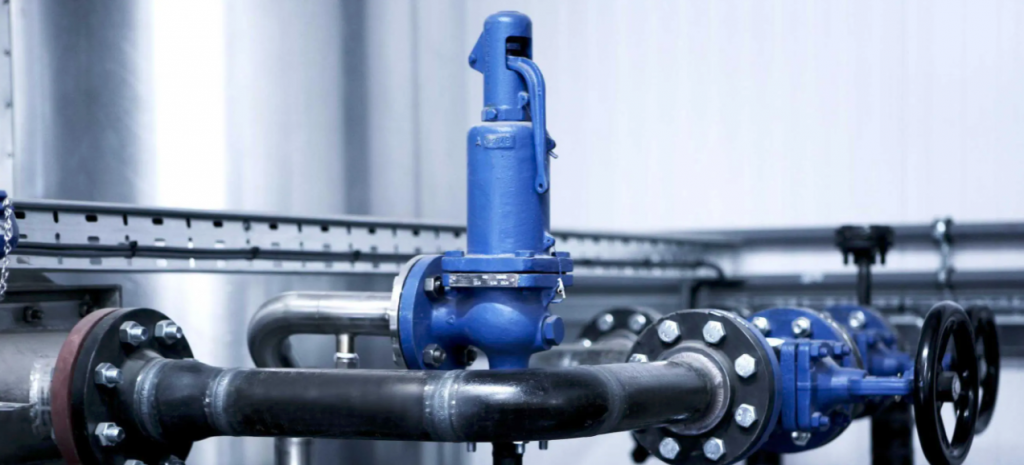Pressure relief valves, often abbreviated as PRVs, play a critical role in maintaining safety and operational efficiency in numerous industries. The certification requirements for PRVs ensure that these crucial components perform effectively under various conditions. For industrial engineers, understanding these requirements is paramount to ensuring both compliance and safety.

Why Certification is Essential for PRVs
The certification of PRVs is not merely a bureaucratic step. It is a vital process that guarantees the reliability and safety of pressure relief systems. These valves are designed to release pressure when it becomes excessive, preventing potential disasters. Certification confirms that a PRV meets specific standards and can perform its function reliably.
The Role of Standards in PRV Certification
Standards play a crucial role in the certification process. Organizations such as the American Society of Mechanical Engineers (ASME) provide guidelines that outline the acceptable design, material, and testing of PRVs. Compliance with these standards is mandatory for certification.
Key Certification Standards for PRVs
Several key standards govern the certification of pressure relief valves. Understanding these can help engineers ensure compliance and enhance safety in their operations.
ASME Standards
The ASME Boiler and Pressure Vessel Code is perhaps the most recognized standard in the industry. It provides comprehensive guidelines on the construction and inspection of PRVs. Compliance with these standards is crucial for achieving certification.
ISO Standards
International Organization for Standardization (ISO) standards are also relevant. They provide a global perspective on safety and efficiency. Engineers must ensure that PRVs comply with both ASME and ISO standards to meet international requirements.
Steps in the PRV Certification Process
The process of certifying a PRV involves several steps. Each stage is crucial in ensuring that the valve can perform safely under specified conditions.
Design Verification
Before a PRV is manufactured, its design is thoroughly reviewed. This step ensures that the valve can withstand the maximum pressure it is rated for.
Material Selection
Choosing the right materials is critical. The materials must be able to withstand high pressures and temperatures without degrading. More information about valve seal materials can be found here.
Performance Testing
Performance tests are conducted to ensure the valve opens at the correct pressure and closes properly once the pressure is relieved. This step is vital for certification.
Common Challenges in PRV Certification
Certifying a PRV can present several challenges. Understanding these can help engineers anticipate and address potential issues.
Complex Regulatory Environment
The regulatory environment for PRVs can be complex. Different regions may have varying requirements, making it challenging to meet all standards.
Material Availability
Finding materials that meet the stringent requirements for PRVs can be difficult. This can impact the timeline for achieving certification.
Overcoming PRV Certification Challenges
Despite these challenges, there are strategies that engineers can employ to navigate the certification process successfully.
Staying Informed
Keeping up-to-date with the latest standards and regulations is essential. This knowledge can help engineers prepare for certification requirements.
Collaborating with Experts
Working with experts in PRV certification can provide valuable insights and assistance. These professionals can guide engineers through the complex certification process.
The Impact of Certification on PRV Performance
Certification not only ensures compliance but also enhances the performance and reliability of PRVs. Certified valves are more likely to perform effectively, reducing the risk of failure.
Enhanced Safety
Certified PRVs are designed to operate under specific conditions, reducing the risk of accidents and enhancing overall safety. Learn more about the importance of pressure settings for valves here.
Improved Efficiency
By ensuring that PRVs are certified, engineers can improve the efficiency of pressure relief systems. This can lead to cost savings and increased operational efficiency.
Conclusion
For industrial engineers, understanding the certification requirements for PRVs is crucial. Certification ensures that these vital components perform their intended function safely and effectively. By staying informed and working with experts, engineers can navigate the certification process successfully, leading to enhanced safety and efficiency in their operations.

Frequently Asked Questions
What are the main standards for PRV certification?
The main standards include ASME and ISO guidelines, which outline the requirements for the design, material, and testing of PRVs.
Why is material selection important in PRV certification?
Choosing the right materials ensures that the PRV can withstand high pressures and temperatures, which is critical for safety and performance.
How can engineers overcome challenges in PRV certification?
Engineers can overcome challenges by staying informed about the latest standards and collaborating with certification experts to navigate the process effectively.
For further insights into safety valve mechanisms, you can explore external resources such as Spirax Sarco’s guide on safety valves.
This article contains affiliate links. We may earn a commission at no extra cost to you.



